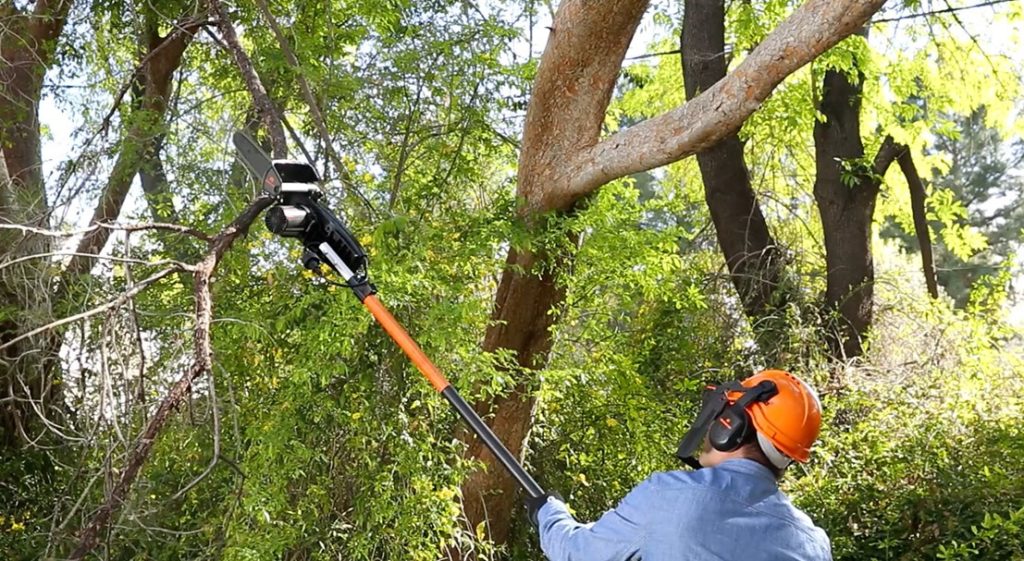
When you decide to take on a tree removal project, assess the details of the job to ensure that you can manage the work. Some factors may make it advisable to hire an expert to complete the project. Other times, you may be able to save money by performing the work yourself.
Assess the Scope of the Project
Before proceeding with the work, examine every part of the project to ensure that you can handle it. Buildings, utility wires, plant growth, neighboring property, and driveways may interfere with the work. It’s also possible that the area will look significantly different after taking out the tree, so consider this before you do anything permanent. You might not like what it looks like after removal. However, if the growth is dying or dead, you probably have no choice but to remove it to ensure that your yard remains safe and attractive.
Prepare for the Job
Note the natural growth pattern, because this will be the best direction for the fall. Plan the direction you will move after you finish cutting. You will need a chain saw to take down a large object and a hand saw to take down a smaller one.
The Removal Process
The first step in the tree removal process involves making the undercut. This is a v-shaped notch in the trunk that will control the direction in which the tree falls. An optimal v-shaped notch is 90 degrees, not 45 degrees. Make the notch depth equal to one-quarter of the trunk’s diameter. On the opposite side of the trunk, make a back cut about two inches higher than the v-shaped notch. After you make the back cut, the tree should begin to fall in the direction of the notch. Turn off the chain saw and move away in the direction you planned to move. Do not remain near the trunk during the felling process. Use the chain saw to remove the limbs from the trunk, working from the bottom to the top of the trunk. When you finish, you will have a simple log. Cut the log into lengths to make it easy to move.
The Remaining Stump
You have several options for the remaining stump. You can leave it and allow it to decay on its own. You can try to dig it up yourself, but this is a difficult task. You can drill holes into it and fill the holes with chemicals that will hasten the decomposition of the stump. You can also hire a professional to remove it.
Hiring a Professional
If the remaining trunk is very large, hire a professional to perform the work. If you note any irregularities in the trunk, such as open wounds or hollow openings, hire a professional. In this case, taking down the tree yourself may be dangerous, because you may not be able to predict or control the way it will fall.
